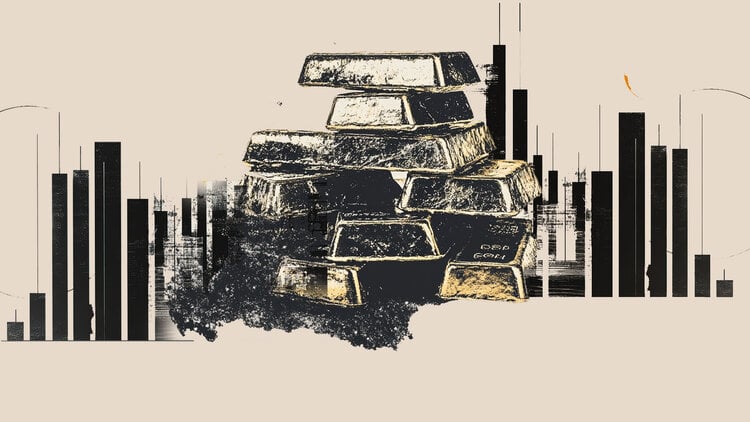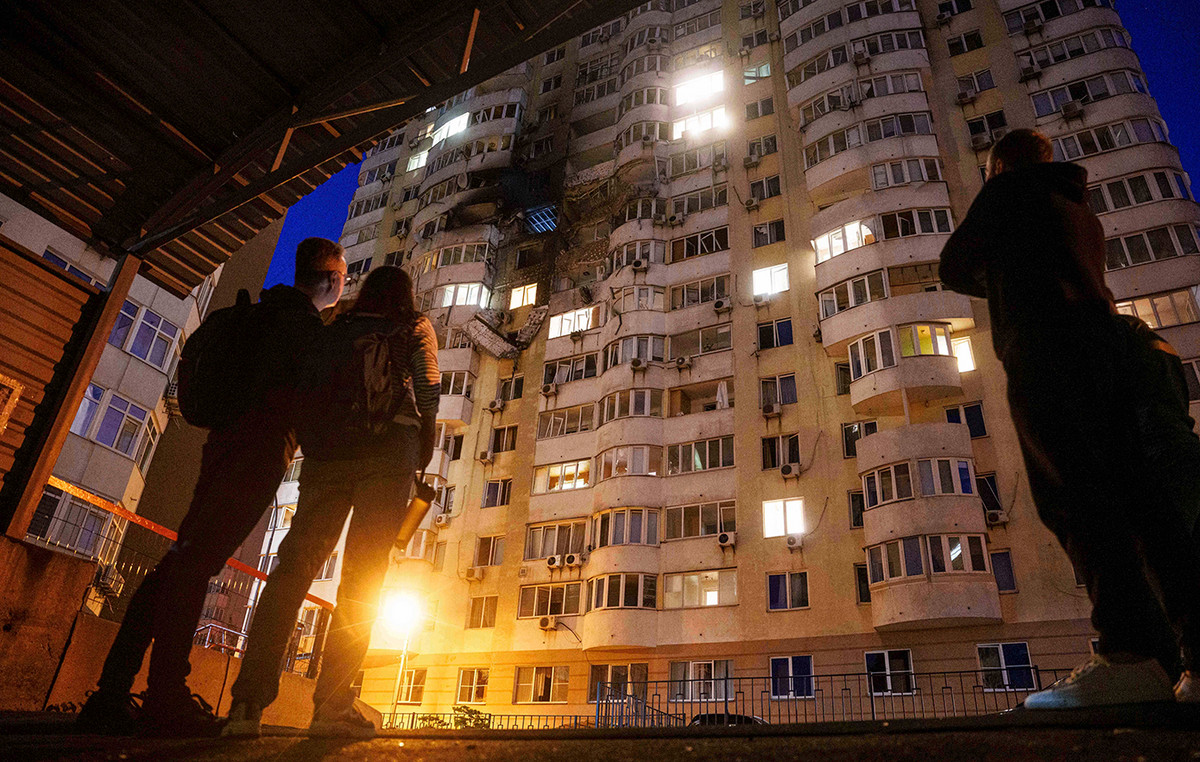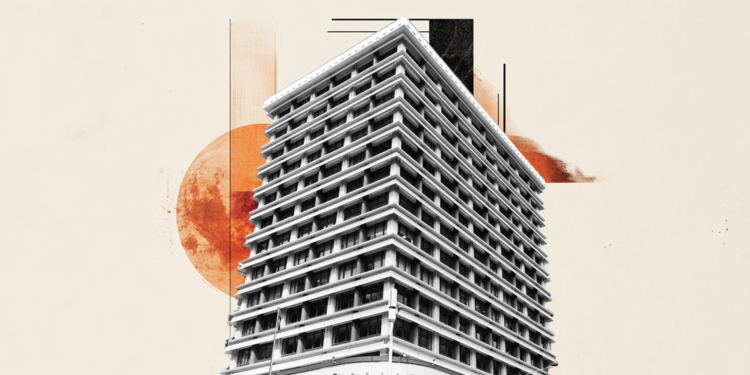Markets around the world reflect, this Thursday (6), the minutes of the American Central Bank (Fed), which surprised investors.
The highlight of this Wednesday (5) was the release of the minutes of the American Monetary Policy Committee (Fomc).
After months saying that inflation is transitory and signaling that it would not raise interest rates anytime soon, the Federal Reserve (Fed) changed the tone, and was much tougher than the market expected, saying that the strengthening of the economy and high inflation could lead to faster interest rate increases.
The main points highlighted by analysts were the priced probability of interest rate hikes in March, from 63% to 81%, and the greater probability of the Fed promoting four interest rate hikes in 2022, instead of two.
Fed officials also defended the beginning of the US BC’s balance sheet reduction of US$8.8 trillion after the first interest rate hike.
The last time they reduced the balance, the reduction started two years after the interest rate hike, so this time, the interval should be shorter.
As highlighted by Genial Investimentos, before the pandemic, the Federal Reserve had about US$ 4 trillion in its balance sheet. With the purchases of assets in the pandemic, that number rose to nearly $9 trillion, and became the main buyer of US assets.
It is as if the main investor in the American market said that he will buy less. This explains the drop in stocks in the US and the rest of the world.
In Asia, stocks closed down, reflecting the lows in New York. In Europe, equities traded sharply lower in the morning.
Brazil
Coming to Brazil, the prospect of higher interest rates in the United States brought down the stock market the day before.
The Ibovespa fell 2.42% on Wednesday, reaching 101,000 points, the worst score since November 30th.
Technology stocks, which are the ones that suffer most from rising interest rates, have collapsed. Locaweb fell by almost 13%, Méliuz 9% and Positivo 8.69%.
The increase in interest rates in the United States attracts investors from around the world to the American market, which is the safest in the world, and is even more attractive with higher rates.
With that, the money comes from emerging countries. With the departure of dollars from the country, the American currency closed yesterday at almost R$ 5.72.
In addition to external factors, the internal scenario also helps to bring down the Brazilian stock exchange. Pressure from public servants for salary readjustments and negative signals from presidential candidates on fiscal issues have been weighing on.
The Future Ibovespa operates at a slight increase of 0.11%, at 101,820 points, with theincrease of 0.09%, to R$ 5.71. THE S&P 500 Futuro has drop this morning of 0.04%, to 4,698 points.
Agenda of the Day
The Brazilian Institute of Geography and Statistics (IBGE) has just released industrial production for November, which registered a slight drop of 0.2% in November compared to October. The market was expecting a monthly increase of 0.1%.
Despite being close to stability, the number is the sixth consecutive negative registered by the sector, which accumulates a fall of 4% from June to November. Compared to the production level of February 2020, before the start of the pandemic, industrial production is still 4.3% behind.
On the international agenda, the US releases data on unemployment insurance claims and the trade balance. In Germany, official inflation data are released.
Reference: CNN Brasil
I am Sophia william, author of World Stock Market. I have a degree in journalism from the University of Missouri and I have worked as a reporter for several news websites. I have a passion for writing and informing people about the latest news and events happening in the world. I strive to be accurate and unbiased in my reporting, and I hope to provide readers with valuable information that they can use to make informed decisions.







